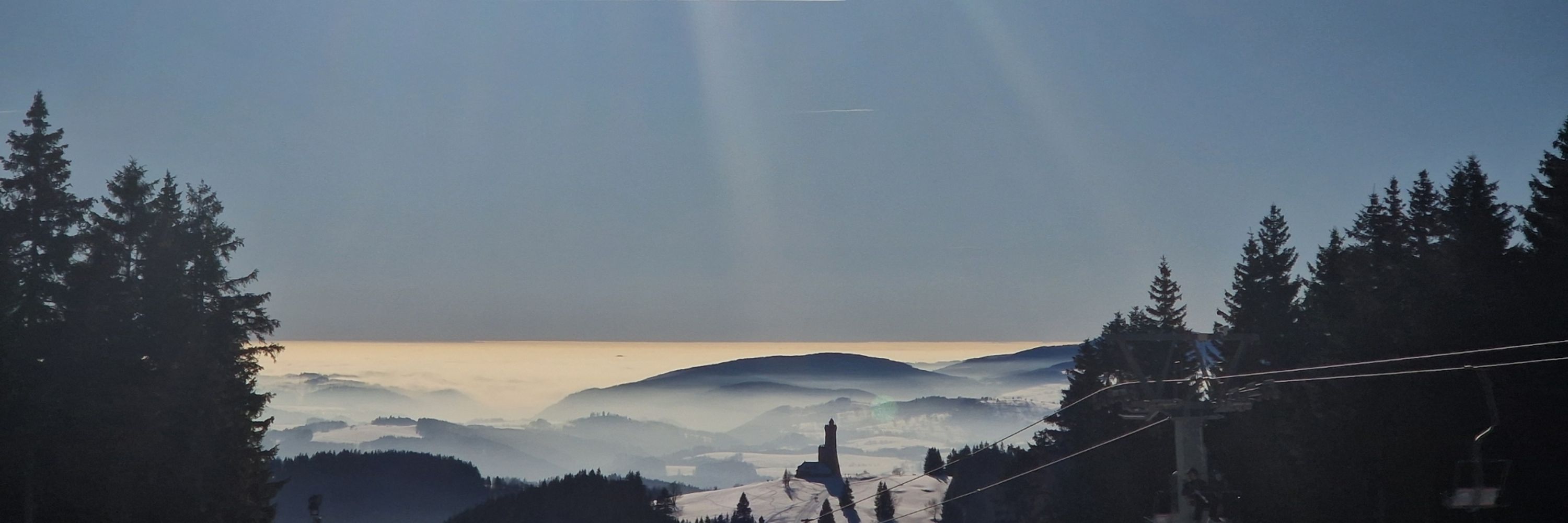
#cyanobacteria #taxonomy #phycology #genomics

#cyanobacteria #taxonomy #phycology #genomics
Today, we report the discovery of telomerase homologs in a family of antiviral reverse transcriptases, revealing an unexpected evolutionary origin in bacteria.
doi.org/10.1101/2025...

Today, we report the discovery of telomerase homologs in a family of antiviral reverse transcriptases, revealing an unexpected evolutionary origin in bacteria.
doi.org/10.1101/2025...

We found mutually exclusive evolutionary pathways to multidrug resistance in E. coli & P. aeruginosa - some resistance mechanisms actively prevent others from coexisting www.biorxiv.org/content/10.1...

We found mutually exclusive evolutionary pathways to multidrug resistance in E. coli & P. aeruginosa - some resistance mechanisms actively prevent others from coexisting www.biorxiv.org/content/10.1...
Check out our viewpoint, out now in @newphyt.bsky.social - genetic monitoring, extinctions, adaptation, GEAs, and more! ⬇️
doi.org/10.1111/nph....

Check out our viewpoint, out now in @newphyt.bsky.social - genetic monitoring, extinctions, adaptation, GEAs, and more! ⬇️
doi.org/10.1111/nph....
www.nature.com/articles/s41...

www.nature.com/articles/s41...
nature.com/nrmicro/volumes/23/issues/7
Inside:
🛰️Phage satellites
🧬Mobile genetic element interactions and evolution in bacteria
💊Bacterial metabolism and antimicrobial resistance
🎯SARS-CoV-2 spike
...and more!

nature.com/nrmicro/volumes/23/issues/7
Inside:
🛰️Phage satellites
🧬Mobile genetic element interactions and evolution in bacteria
💊Bacterial metabolism and antimicrobial resistance
🎯SARS-CoV-2 spike
...and more!


https://go.nature.com/42uEw50
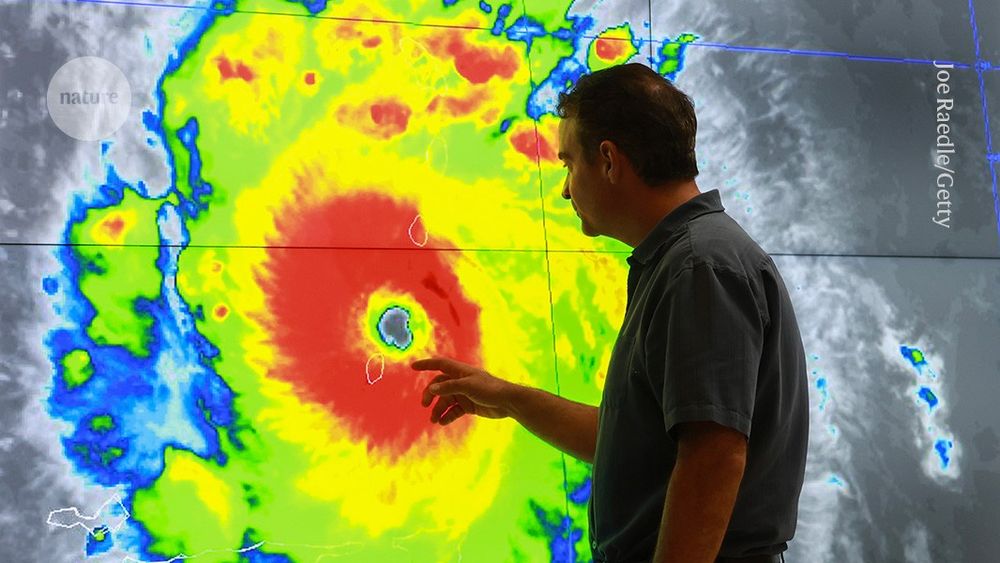
https://go.nature.com/42uEw50


www.nature.com/articles/s41...
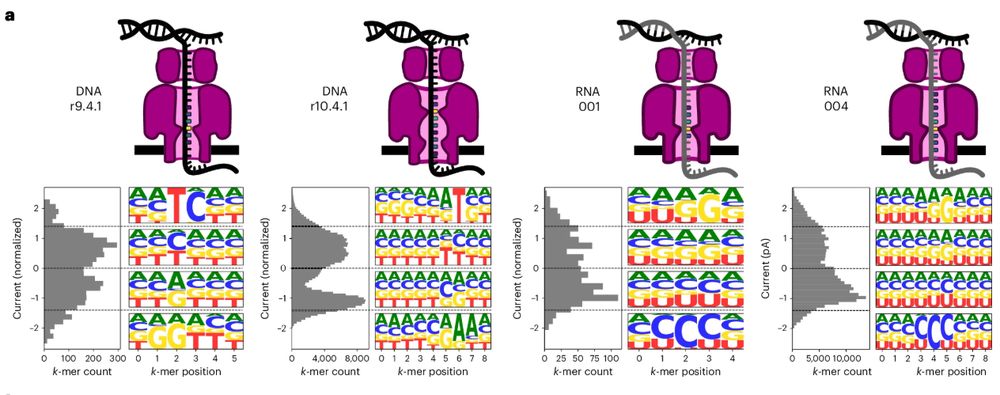
www.nature.com/articles/s41...


Our ethos for many years now:
1. All papers preprinted along with data.
2. No commercial publishers.
3. Only publish in scientific society journals and with reputable non-profit publishers.
4. Collaborators do what they want.
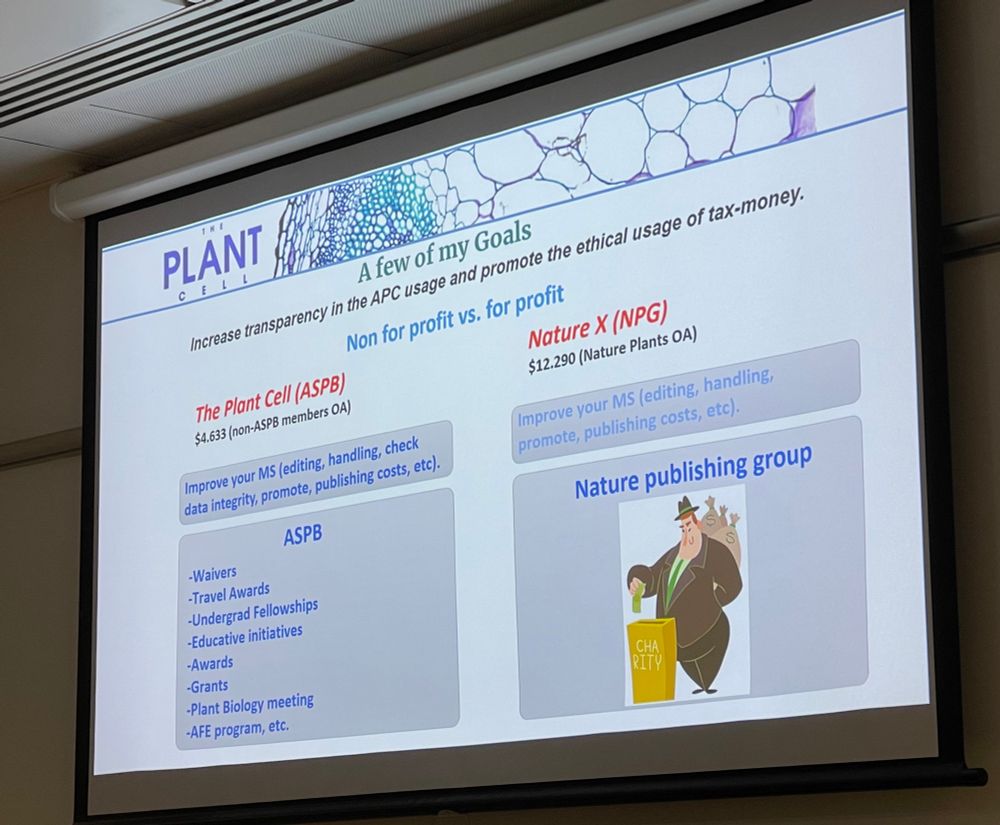
Our ethos for many years now:
1. All papers preprinted along with data.
2. No commercial publishers.
3. Only publish in scientific society journals and with reputable non-profit publishers.
4. Collaborators do what they want.
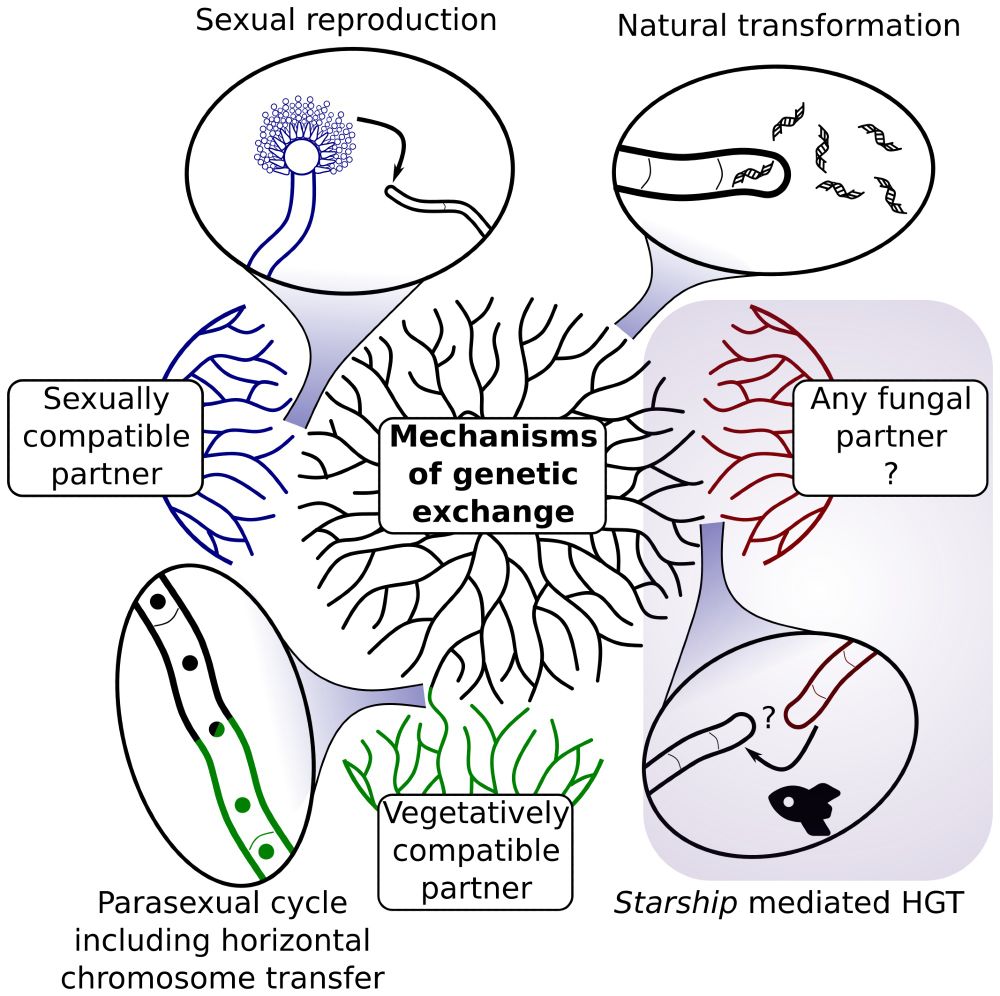

bsky.app/profile/jlst...
Now, multiple search commands can be executed in one step :)
github.com/JLSteenwyk/o...
bsky.app/profile/jlst...
bsky.app/profile/jlst...
Proud to work towards conservation of #AquaticFungi — tiny but mighty!
www.theguardian.com/environment/...
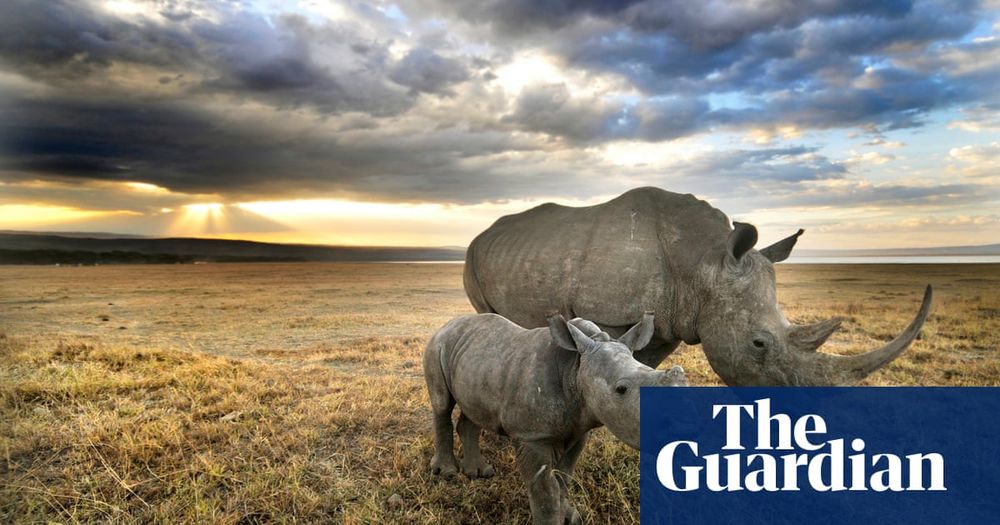
Proud to work towards conservation of #AquaticFungi — tiny but mighty!
www.theguardian.com/environment/...
www.nature.com/articles/s41...

www.nature.com/articles/s41...


